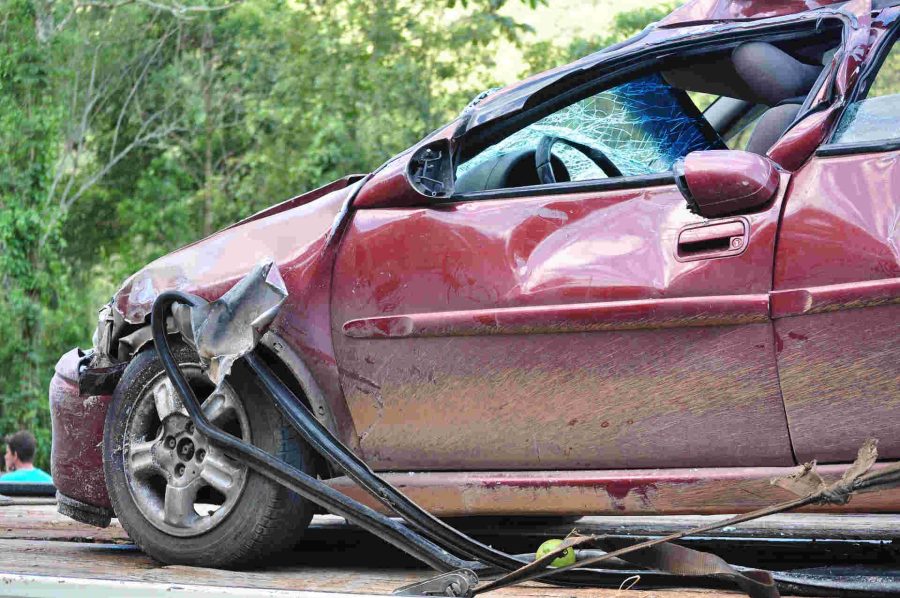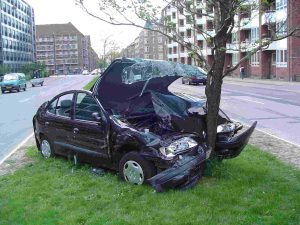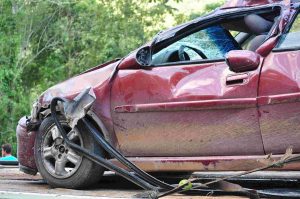On the Road Again: Auto Insurance 101
As the roads freeze over with dangerous black ice and many families undertake long car trips to visit loved ones for the holidays, it’s important to know what exactly your auto insurance covers. While every policy is different, Hensley Legal Group wants to give our clients the gift of peace of mind this holiday season, so […]

December 12, 2016
 As the roads freeze over with dangerous black ice and many families undertake long car trips to visit loved ones for the holidays, it’s important to know what exactly your auto insurance covers. While every policy is different, Hensley Legal Group wants to give our clients the gift of peace of mind this holiday season, so here is some general information about auto insurance in Indiana. Stay safe out there!
As the roads freeze over with dangerous black ice and many families undertake long car trips to visit loved ones for the holidays, it’s important to know what exactly your auto insurance covers. While every policy is different, Hensley Legal Group wants to give our clients the gift of peace of mind this holiday season, so here is some general information about auto insurance in Indiana. Stay safe out there!
Liability Coverage
 Liability coverage protects you from having to pay for damages you have inflicted on someone else. According to the National Association of Insurance Commissioners (NAIC), most auto insurance liability policies can be broken down into three sections:
Liability coverage protects you from having to pay for damages you have inflicted on someone else. According to the National Association of Insurance Commissioners (NAIC), most auto insurance liability policies can be broken down into three sections:
- Bodily injury liability: If you cause an accident and injure other people, this insurance protects you against their medical claims
- Property damage liability: Pays for damage you cause to others’ property that you have run into, like a pole or fence
- Uninsured/underinsured motorist coverage: Uninsured motorist coverage covers you if you are injured by a hit-and-run driver or any driver who does not have insurance. Underinsured motorist coverage protects you from drivers who may have insurance but not enough to cover the damages you sustained.
Indiana requires all drivers to hold at least the following amounts of liability insurance coverage:
- Bodily injury (per person): $25,000
- Bodily injury (per accident—multiple people injured): $50,000
- Property damage (per accident): $10,000
Coverage for Your Car
 Coverage for your car protects you from having to pay for the damages you may sustain in a car accident. The two types of coverage are:
Coverage for your car protects you from having to pay for the damages you may sustain in a car accident. The two types of coverage are:
- Collision coverage: Pays for damage to your car due to a collision
- Comprehensive coverage: Pays for damage to your car due to non-collision causes (theft, flooding, fire, etc.)
Collision and comprehensive coverage will come with a deductible (the money you’ll pay out of pocket before the insurance company starts paying for any loss).
Additional Optional Coverage
- Medical payment coverage: Pays for medical and funeral expenses for you or others injured or killed in your car
- Rental reimbursement: Pays for a rental car if an accident damages your vehicle
- Towing or emergency service: Covers expense of towing your car to a repair shop
- Accident forgiveness: Promises not to raise your premium following your first at-fault accident
Your Own Factors
While you’re weighing your options for insurance, the insurance company is also weighing its own decisions—about you! The insurance company calculates the risk of you being in an accident based on a number of factors:
- Age
- Occupation
- Gender
- Marital status
- Credit history
- Vehicle’s make, model, and year
- Driving record (tickets, DUIs, accidents)
- Special discounts particular companies offer to certain groups, such as veterans
If the company believes you are a low-risk driver, you will have an easier time finding competitive insurance premium rates. If you’re judged to be a higher risk, you may not be refused insurance, but you’ll likely pay more for the policy.
Damages
Everyone—insurance companies, drivers, passengers, pedestrians, taxpayers—has a lot to lose when there are car accidents. For accident victims, the law recognizes two types of pain and suffering:
- Physical: the pain or discomfort you felt or continue to feel as a result of your injuries, plus the negative effects the injury may cause you to suffer in the future
- Mental: the emotional pain or suffering caused by the accident
There is no standard way to calculate someone’s pain and suffering, but some insurance companies use one of the following methods:
- Multiplier method: Multiplying the total medical bills related to the accident by a number from 1 (for less serious injuries) to 5 (for serious injuries)
- Per diem method: Using a formula based on daily suffering, taking into account all the daily activities the injured can no longer perform, and assigning a compensation cost to each day
- Estimation of general cost
If you or a loved one suffered from an Indiana car accident, call Hensley Legal Group today.